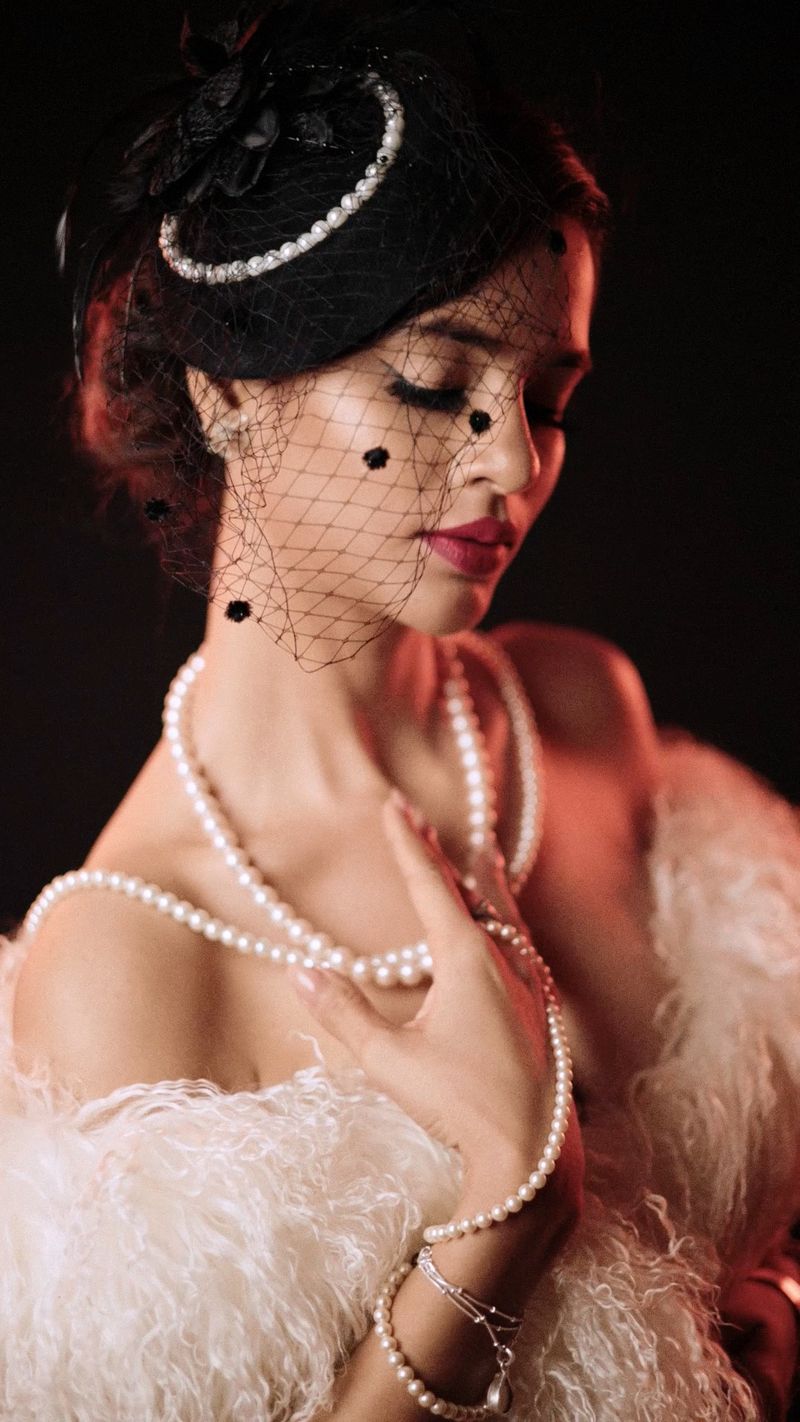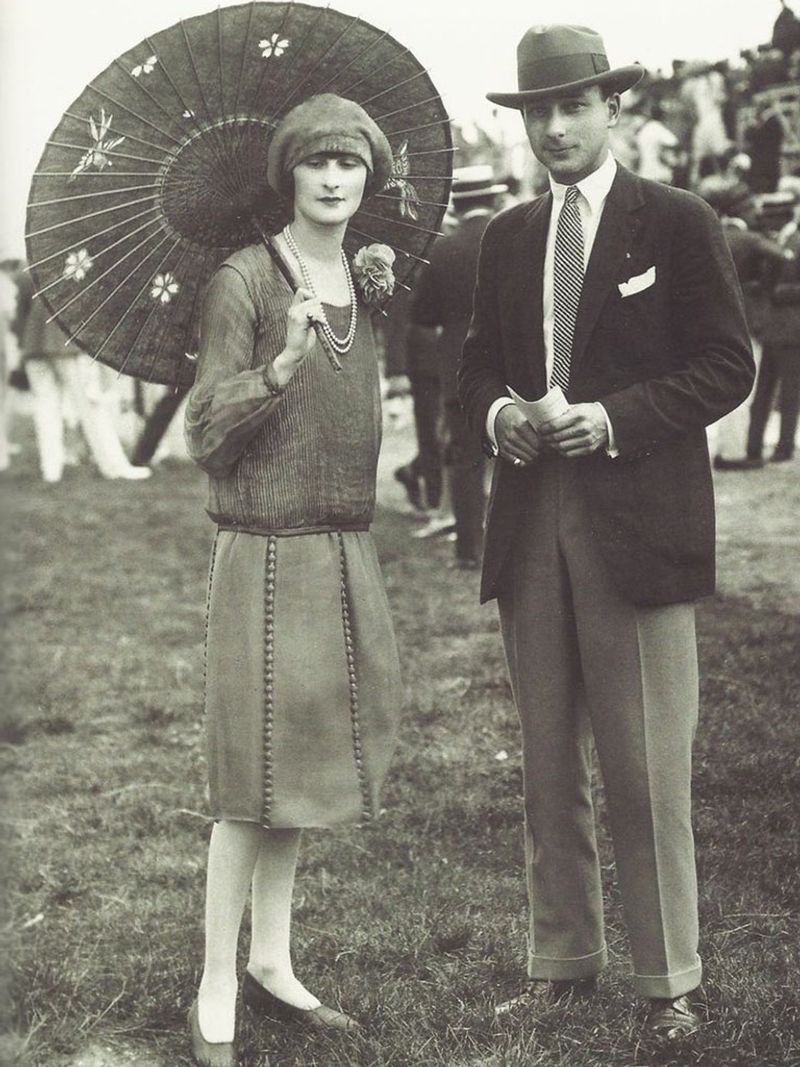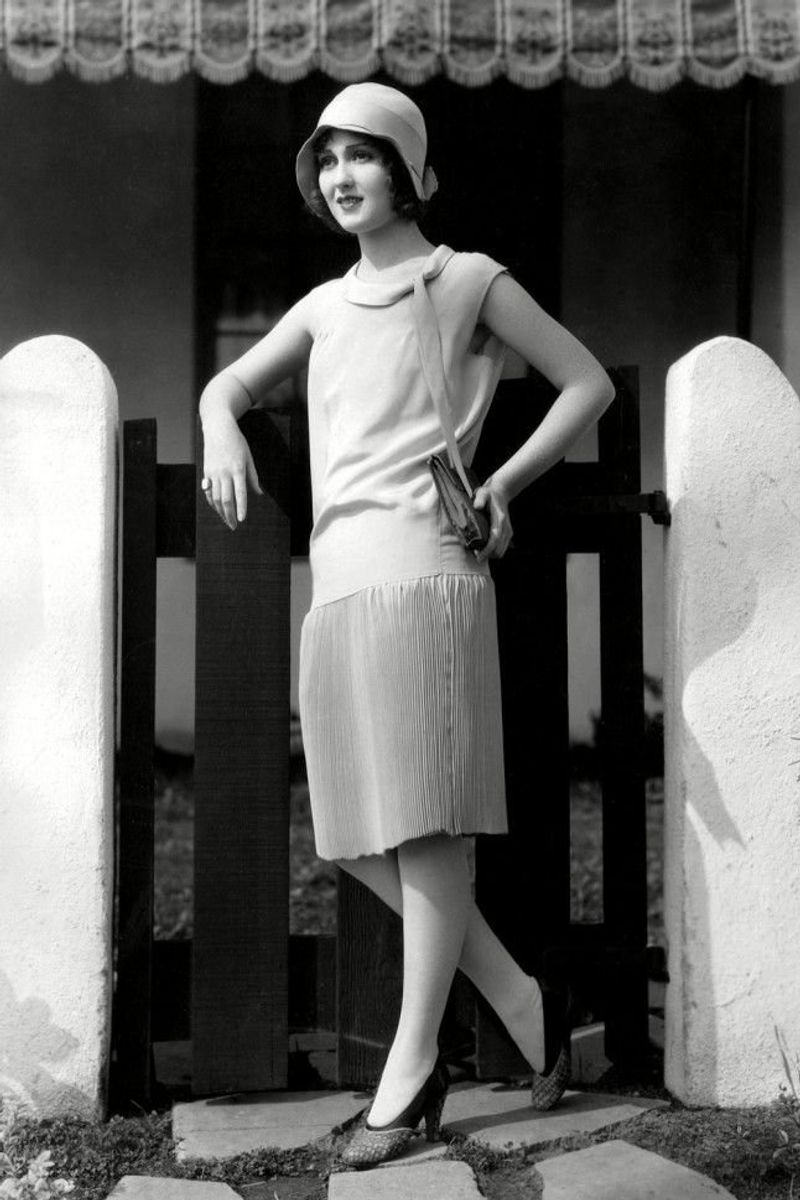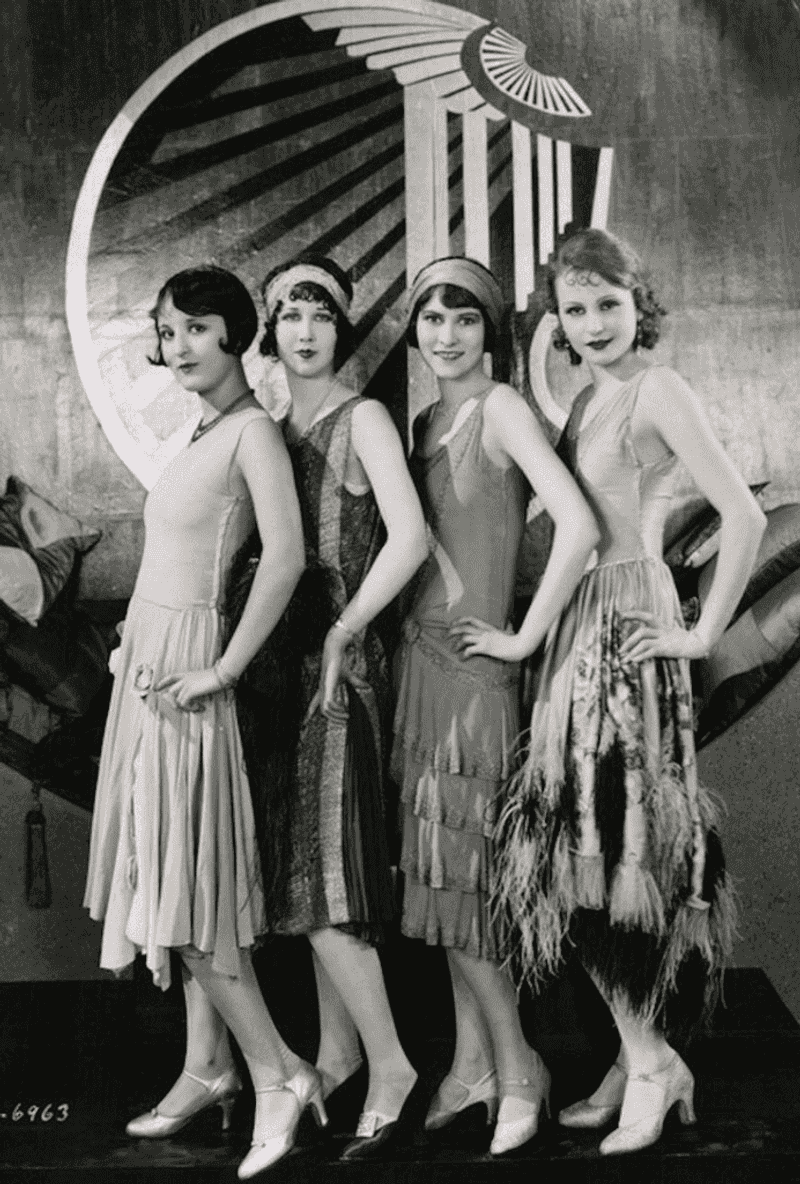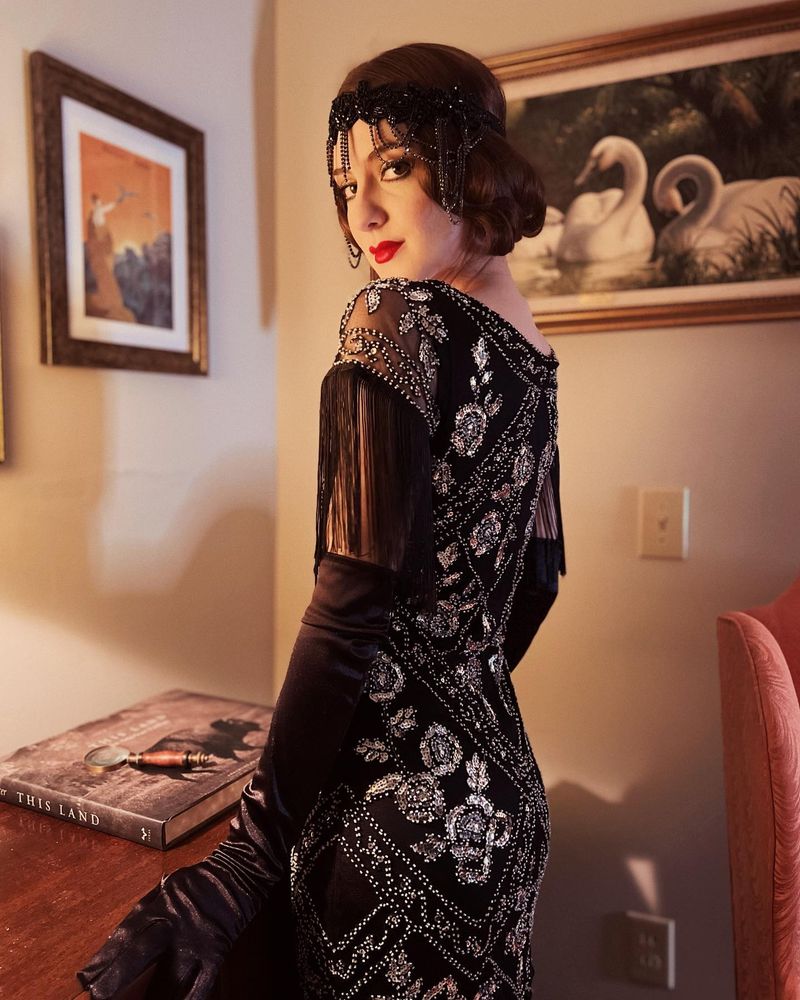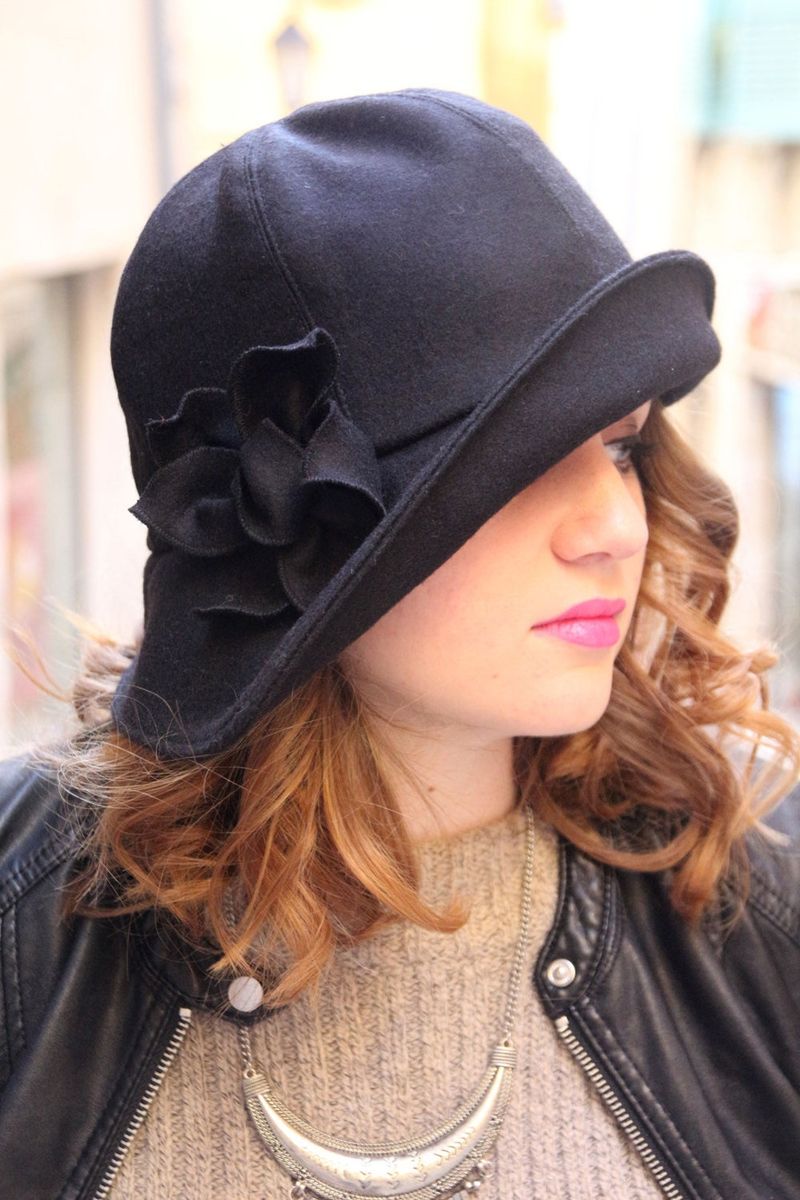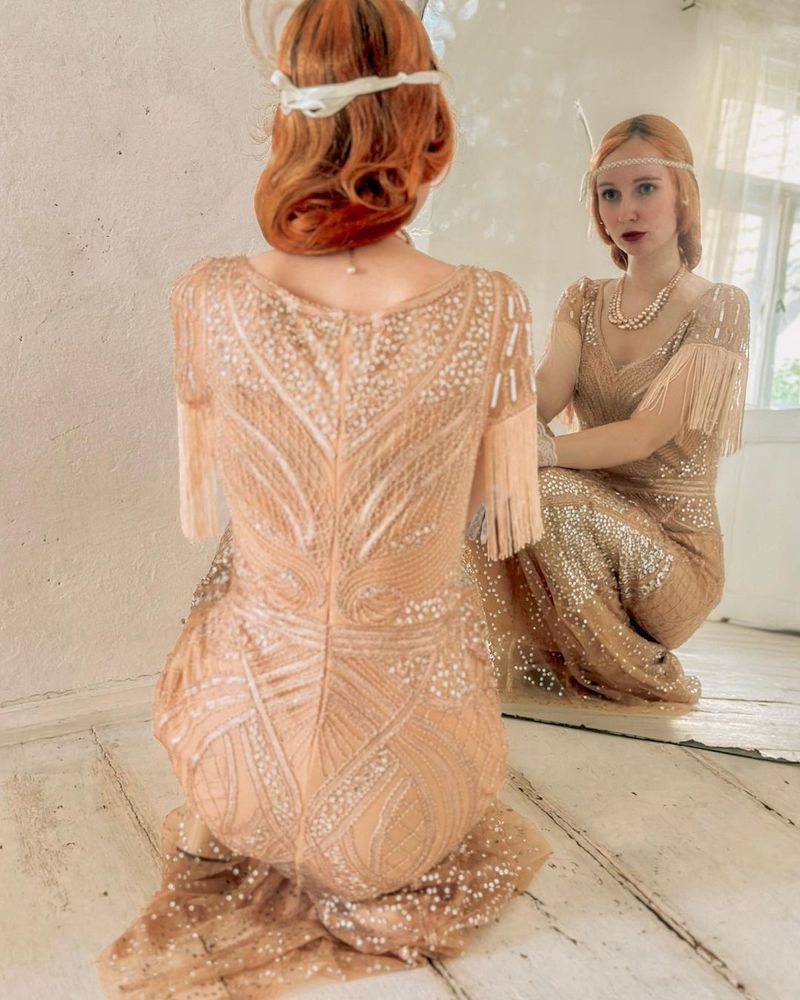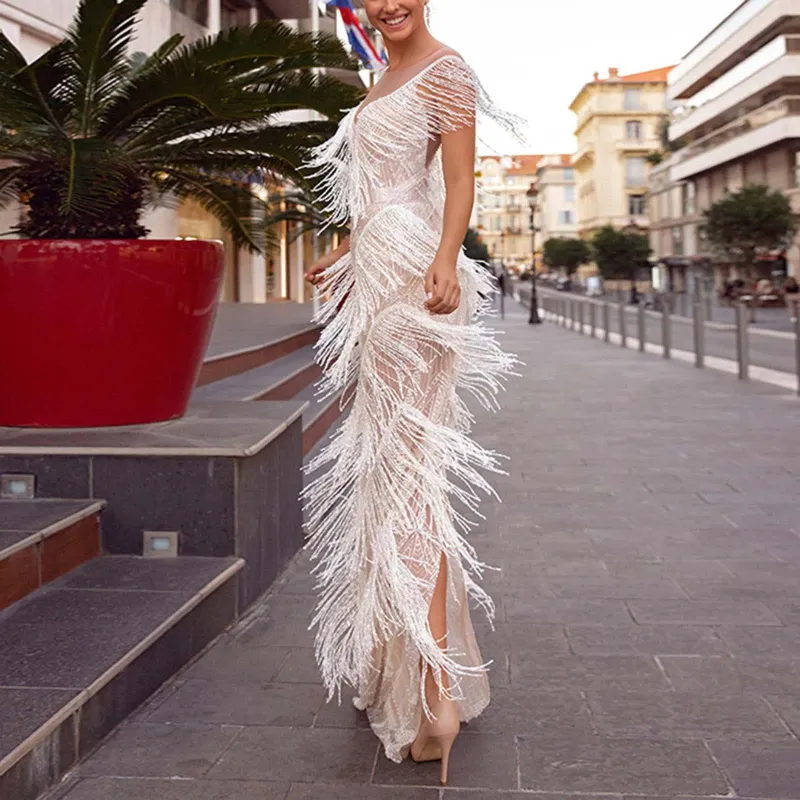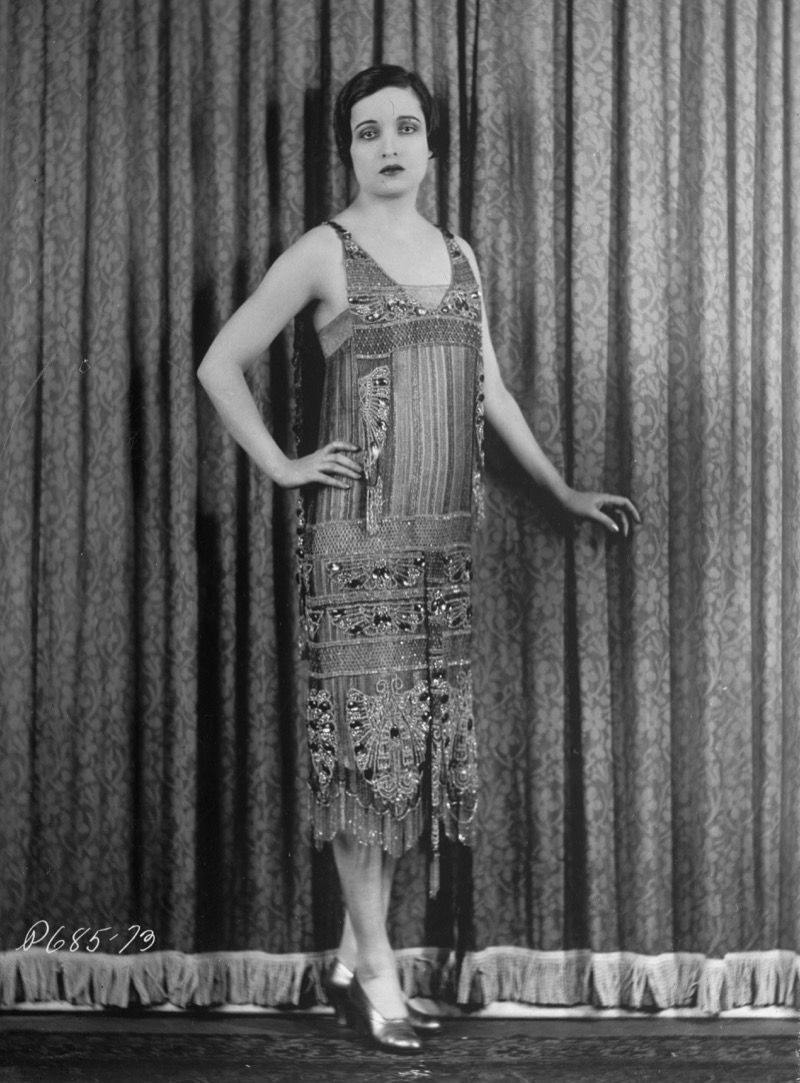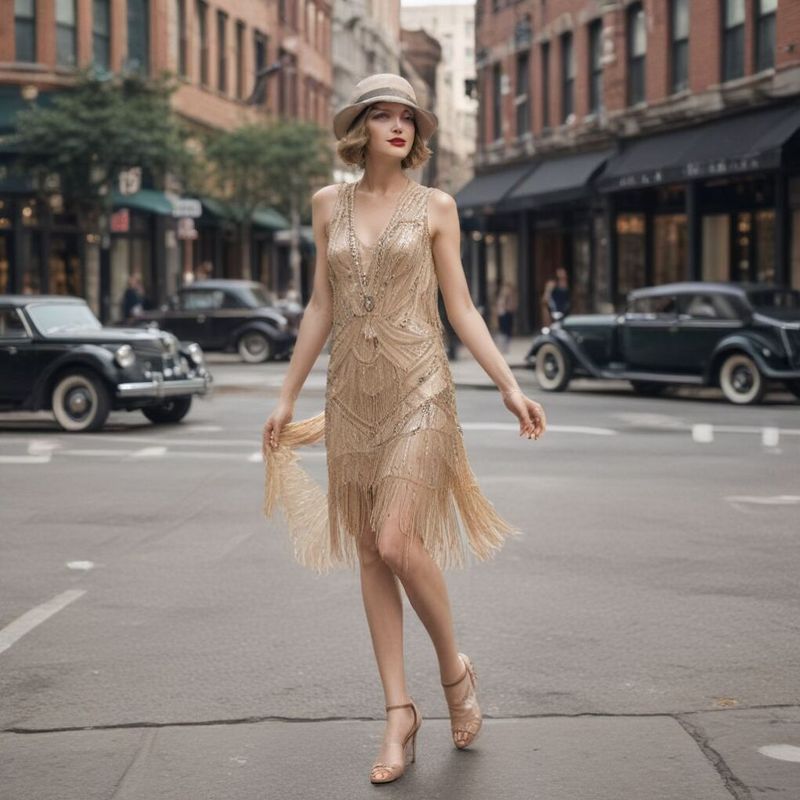11 Fashion Rules From The 1920s That Still Hold Up Today
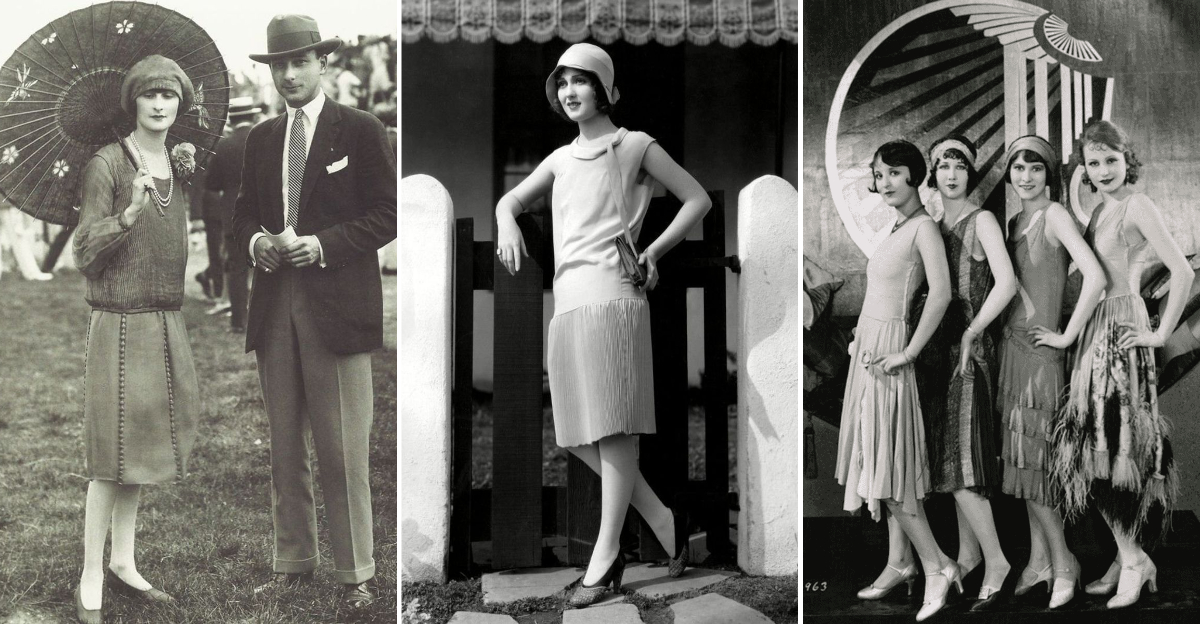
The Roaring Twenties weren’t just about prohibition and jazz—they revolutionized how we dress.
After the stuffiness of Victorian fashion, the 1920s brought freedom, self-expression, and comfort to wardrobes everywhere.
I’ve always been fascinated by how many style principles from this vibrant era continue to influence modern fashion nearly a century later.
Ready to add some Jazz Age flair to your closet without looking like you’re headed to a costume party?
1. Embrace Statement Accessories
Long pearl necklaces didn’t just happen to be popular in the 1920s—they were revolutionary statements of feminine independence. Women draped themselves in layers of pearls, letting them swing freely as they danced the Charleston. The rule wasn’t about the pearls specifically, but about letting one bold accessory steal the show.
I’ve found this approach works wonders today. When I wear my grandmother’s vintage brooch on a simple black dress, it creates conversation and elevates the entire outfit. One knockout piece—whether it’s chunky earrings, an art deco-inspired bracelet, or even a standout handbag—can transform basics into brilliance.
Modern designers keep revisiting this concept because it works so perfectly. It allows personal expression without overwhelming complexity.
2. Mix Masculine and Feminine Elements
Coco Chanel shook up fashion by borrowing from men’s closets. She put women in trousers when it was practically scandalous! This revolutionary gender-blending created some of the most enduring looks of the era. The contrast between structured masculine pieces and softer feminine details created visual interest that still feels fresh today.
My favorite outfit combines a tailored blazer with a flowing skirt. Something magical happens in that contradiction. The hard and soft elements balance each other perfectly, creating a look that’s neither overly girly nor too severe.
Fashion houses from Saint Laurent to Gucci continue playing with this masculine-feminine tension. It works because it reflects the complexity of real people who are never just one thing.
3. Invest in Timeless Silhouettes
The drop-waist dress wasn’t just a passing trend—it represented freedom from restrictive corsetry and celebrated a new, more natural body shape. Women could actually move! While hemlines have risen and fallen since then, the concept of choosing shapes that flatter without constraining remains brilliant fashion advice.
I spent years chasing seasonal trends before realizing my closet lacked staying power. Now I focus on silhouettes that have stood the test of time: clean lines, balanced proportions, and shapes that work with my body rather than against it.
A well-cut blazer, a perfectly tailored pair of trousers, or a classic A-line skirt will never look dated. These investment pieces become the foundation of a truly personal style that transcends fleeting trends.
4. Bold Lips, Simple Outfit
The iconic flapper rocked the dramatic cupid’s bow lip with minimal makeup elsewhere. This targeted approach to glamour created maximum impact with minimum fuss. The deep reds and plums became signatures of the era, paired with otherwise simple ensembles.
I’ve tried this at work meetings—wearing my favorite ruby lipstick with an otherwise understated outfit—and noticed how it projects confidence without seeming like I’m trying too hard. The psychology is brilliant: draw attention to one feature while keeping everything else clean and simple.
Beauty brands keep returning to this principle because it’s practically foolproof. A bold lip can transform your whole appearance in thirty seconds flat, making it the ultimate power move when you’re short on time but want to make an impression.
5. Fluid Fabrics That Move With You
Flappers weren’t just making a fashion statement—they were declaring physical freedom through fabrics that moved. Silk, chiffon, and light crepes replaced stiff Victorian materials, allowing unprecedented mobility. Women could finally dance without restriction!
My wardrobe changed completely when I started prioritizing how clothes felt when I moved. That flowing midi skirt that twirls perfectly when I walk brings me joy far beyond how it looks in photos. The physical sensation of comfortable movement creates confidence that static clothes never can.
Modern technical fabrics have taken this principle even further. We now have stretchy, breathable materials that look structured but feel like pajamas. The 1920s taught us that beautiful clothes should never come at the expense of physical comfort.
6. Celebrate Individuality Through Style
The 1920s marked the first real era of personal style. Women weren’t just following uniform trends—they were expressing individuality through clothing choices. Flappers might all wear shorter dresses, but each added personal touches that made the look uniquely hers.
I stopped worrying about whether my outfit was “in style” when I realized personal expression matters more than trend-following. My collection of vintage brooches pinned on modern denim jackets raises eyebrows sometimes, but it feels authentically me. True style comes from that personal interpretation, not from slavishly following what everyone else is wearing.
Fashion magazines keep rediscovering this principle because it’s what transforms ordinary dressing into genuine style. The most interesting people have always been those who adapt trends to their own personality rather than the other way around.
7. Accessorize With Intention
The cloche hat wasn’t just cute—it was revolutionary! These close-fitting hats symbolized the modern woman who moved quickly through city streets without worrying about elaborate hairstyles or fussy accessories. Every accessory served both style and practical purpose.
My approach to accessories changed when I started asking “why” instead of just “what.” That crossbody bag isn’t just trendy—it frees my hands while exploring the city. Those statement earrings aren’t just pretty—they elevate a simple outfit when I don’t have time for complicated styling.
Smart designers create accessories that solve problems while making style statements. The best pieces, like those from the 1920s, combine form and function so seamlessly that we forget they’re doing double-duty as both beautiful objects and practical tools.
8. Details Make The Difference
Art Deco beading wasn’t just decoration—it transformed simple dresses into wearable art. The 1920s taught us that thoughtful details elevate ordinary garments into extraordinary ones. A simple shift became magical with the right embellishment.
I learned this lesson after buying an “investment” plain black dress that I never actually wore. Now I look for pieces with one thoughtful detail—an interesting button, an unexpected seam, or a touch of texture—that makes it special without being overwhelming.
The fashion industry keeps returning to this principle because it works at every price point. Even budget-friendly clothes can look expensive with the right details. A perfectly placed pocket, an unusual collar shape, or a subtle texture can make all the difference between forgettable and unforgettable.
9. Strategic Skin Exposure
The backless evening dress shocked society in the 1920s! While hemlines rose, designers strategically revealed skin in unexpected places—backs, shoulders, or through sheer overlays. This selective approach created sensual interest without crossing into inappropriate territory.
My favorite cocktail dress has a modest front but dips dramatically in back—a perfect example of this principle. The surprise element creates intrigue that all-over exposure never could. Balance is everything: revealing one area while keeping others covered creates visual harmony.
Red carpets prove this rule remains relevant today. The most memorable celebrity looks often feature strategic cutouts or unexpected openings rather than overall skimpiness. The technique draws attention exactly where the wearer wants it, creating a controlled visual narrative rather than simply showing skin.
10. Prioritize Comfort Without Sacrificing Style
Flappers weren’t just making fashion statements—they were staging comfort revolutions! They ditched corsets, shortened hemlines, and embraced loose silhouettes that allowed genuine physical freedom. This radical idea—that women deserved clothes they could actually move in—changed fashion forever.
I’ve banned uncomfortable shoes from my closet entirely. Not worth it! Modern fabric technology means we shouldn’t sacrifice comfort for style. My stretchiest jeans look just as good as rigid ones but feel infinitely better during long days.
Fashion educators now emphasize this principle because uncomfortable clothes ultimately go unworn. The most sustainable wardrobe is one filled with pieces you reach for repeatedly because they feel good on your body, not just pieces that photograph well but sit neglected because they pinch, bind, or restrict.
11. Confidence Is Your Best Accessory
Flappers weren’t just wearing different clothes—they were embodying a revolutionary attitude. Their confidence in breaking social norms created a magnetic presence that transcended the actual garments. The way they wore things mattered as much as what they wore.
My plainest outfits receive the most compliments when I’m feeling good about myself. People respond to the energy we project far more than the price tag or trendiness of what we’re wearing. I’ve watched perfectly styled people fade into the background while someone in simple clothes who carries themselves with assurance becomes the center of attention.
Style experts keep returning to this principle because it’s the secret ingredient that can’t be purchased. Confidence transforms ordinary outfits into memorable ones. It’s the difference between wearing clothes and truly embodying your personal style.

